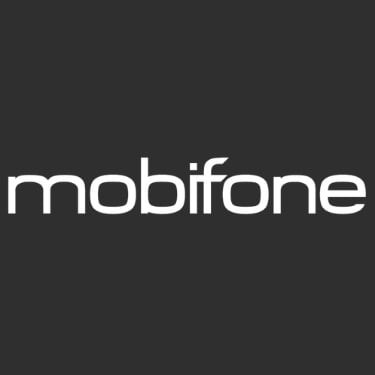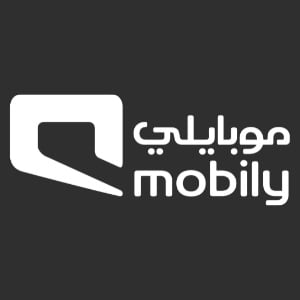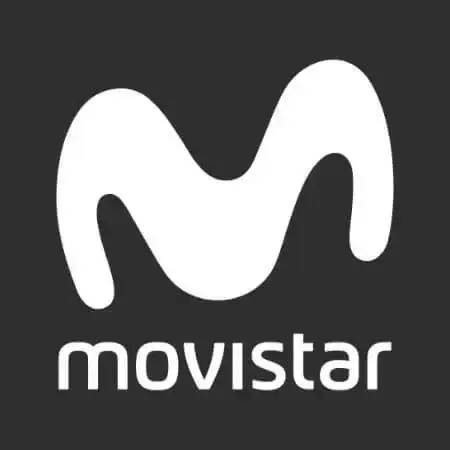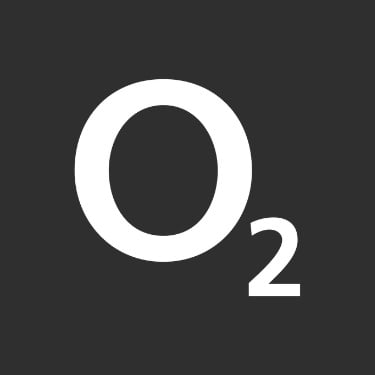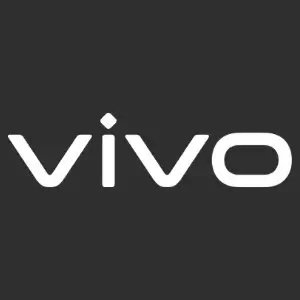AML is not enough
In today's digital age, ensuring swift and accurate emergency response is of paramount importance. To address this critical need, a new European directive has been published promoting the combination of mobile network-derived and handset-derived location technologies to significantly enhance emergency services' ability to instantly and accurately locate callers, anytime and anywhere.
- On one hand, handset-based location technologies rely on GNSS, Wi-Fi, Bluetooth, and other sensors embedded within smartphones to determine a caller's coordinates. These technologies offer high accuracy, but face challenges indoors or in situations where GPS signals are weak or unavailable. The AML (Advanced Mobile Location) technology carries limitations, its reliability varies greatly, and “the number of countries having deployed AML keeps increasing, but there’s still a long way to go” as stated in the EENA’s latest report card,
and requires an active data plan.
- On the other hand, mobile network-derived location technologies leverage cell tower triangulation and signal strength analysis to estimate a caller's location. Various geolocation methods exist and can complement each other to provide the best location accuracy available, regardless of the environment (urban or rural areas), the device (smartphone or older-generation phone), and the access to network data (2G to 5G, roamers).
By combining network-derived location technology with Advanced Mobile Location (AML) technology, emergency services can benefit from the strengths of each of them. Establishing the caller location accuracy and reliability criteria to be met through the mix of these technologies became a requirement on December 16, 2022, when the European Commission released a delegated regulation supplementing the European Electronic Communications Code (directive 2018/1972). EU Member States must report to the Commission no later than 5 March 2024.
Real-life scenarios
To fully understand the importance of combining different location technologies, check out these possible scenarios. For a happy ending, they require an ATAWAD approach: anytime, anywhere, any device.
Leave no one behind with Intersec
- Locate precisely: Intersec's GeoSafe emergency call handling solution covers any type of network (mobile carriers, fixed broadband carriers, emergency service networks, ESInet/NGCS, NG112/911/xxx networks…) and any calls (circuit-switched calls, packet-switched and IMS calls, 2G, 3G, 4G, VoLTE, 5G, VoNR, WiFi calling / VoWiFi, VoIP...).
- Route accurately: Our passive location technology automatically retrieves access point identification of all handsets connecting to VoWLAN and looks up for their corresponding location on a Wi-Fi access point location database. On the fly, the solution ensures their consistency, leveraging on the mobile network cell cartography. The operator therefore benefits from an emergency call solution fully compliant with local regulation, that provides trusted and reliable location for all emergency calls in any situation.
- Reduce response time: To appropriately handle the situation, PSAPs also require access to the caller's location information. Another critical function of the original telecommunications operator is to report certified and most accurate locations with human-reading addresses to be used in dispatching and guiding emergency units to the exact site of the incident and minimizing vertical response time.
Learn more about our emergency call handling solution.
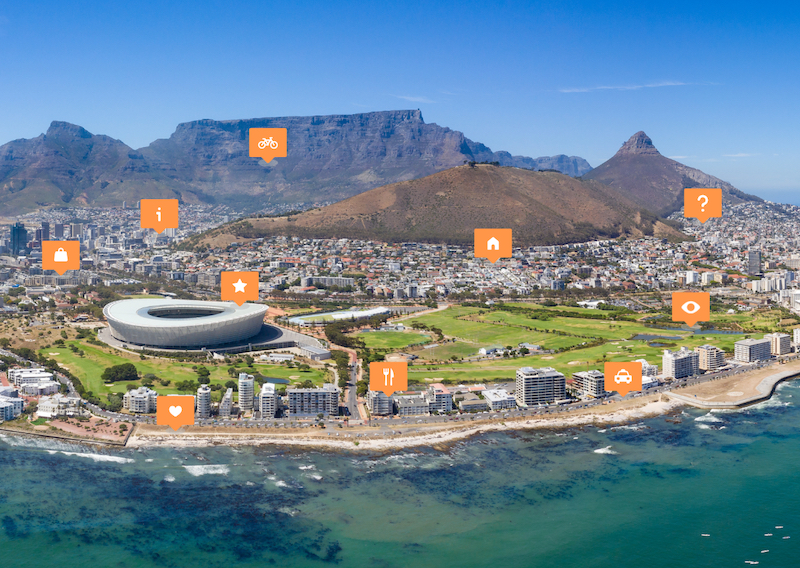 Emergency call location: anytime, anywhere, any device" />
Emergency call location: anytime, anywhere, any device" />
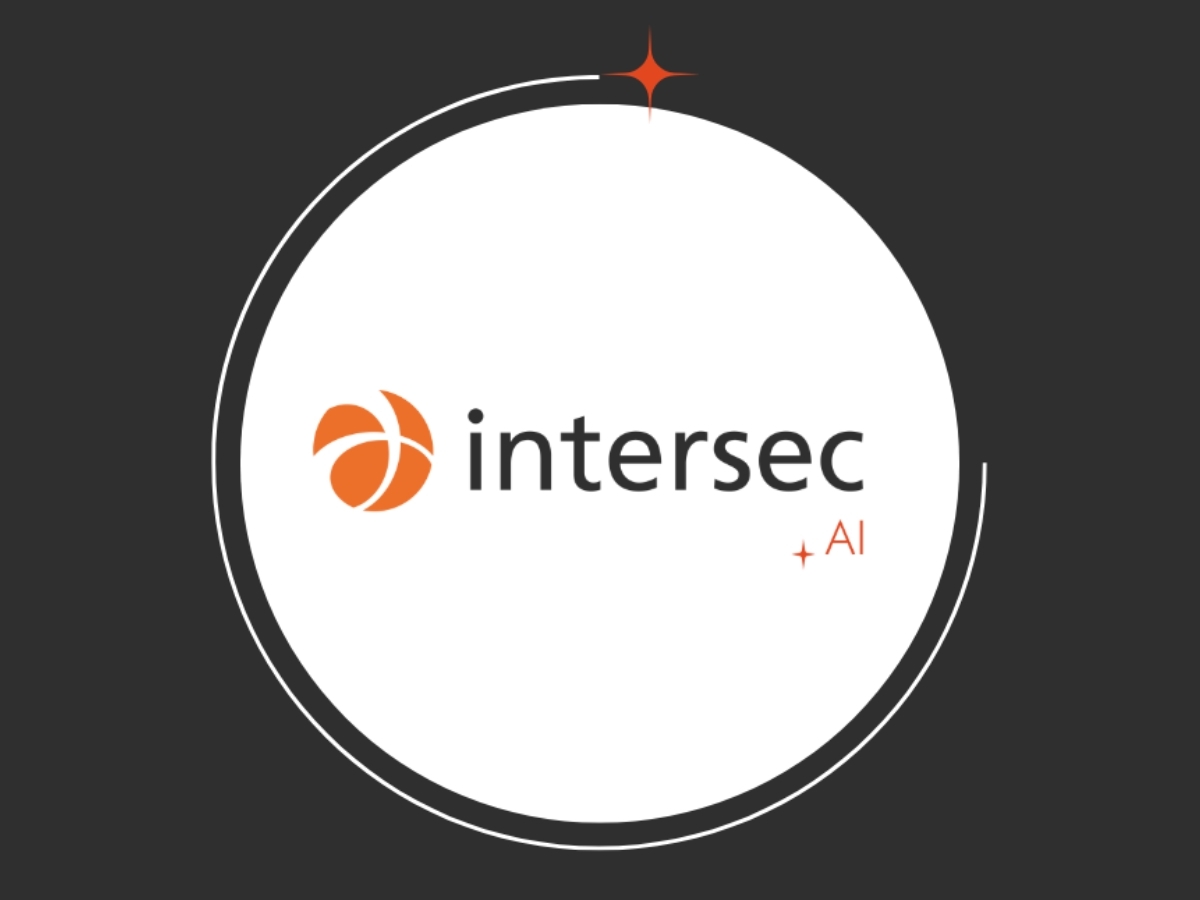
.jpg)

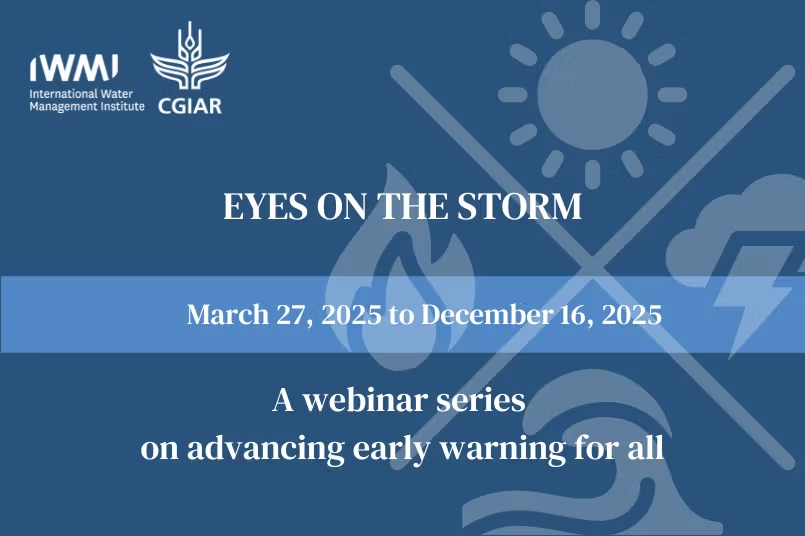



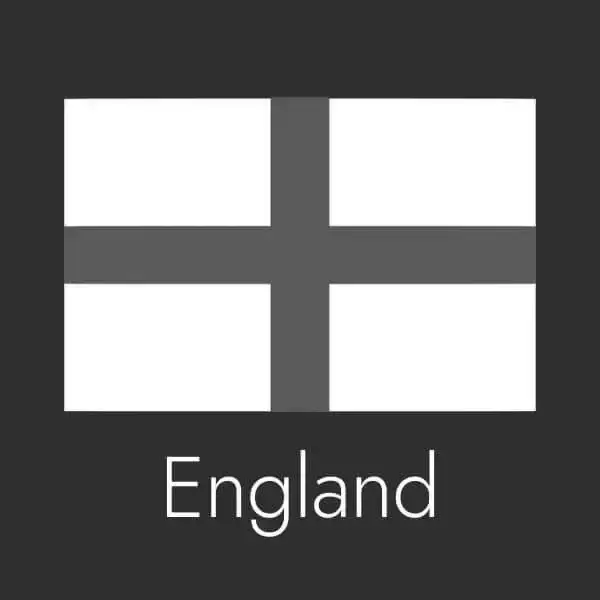


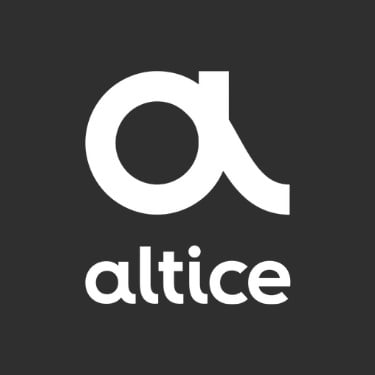
.webp)


.webp)



